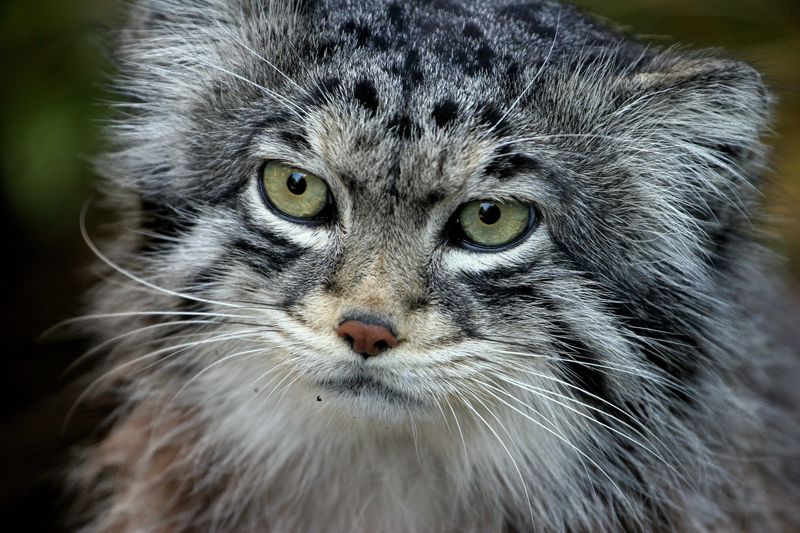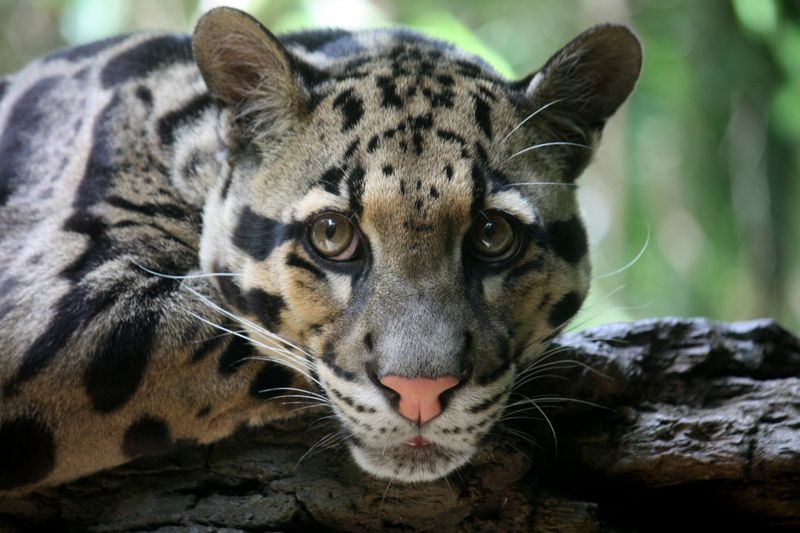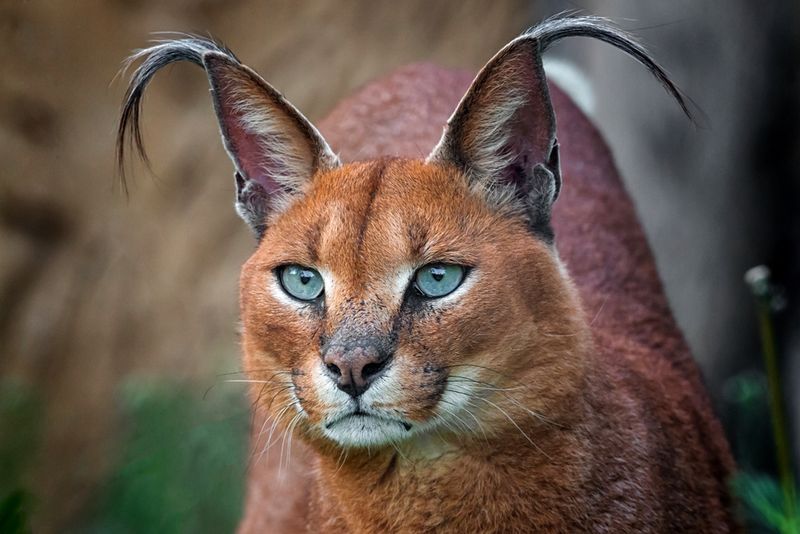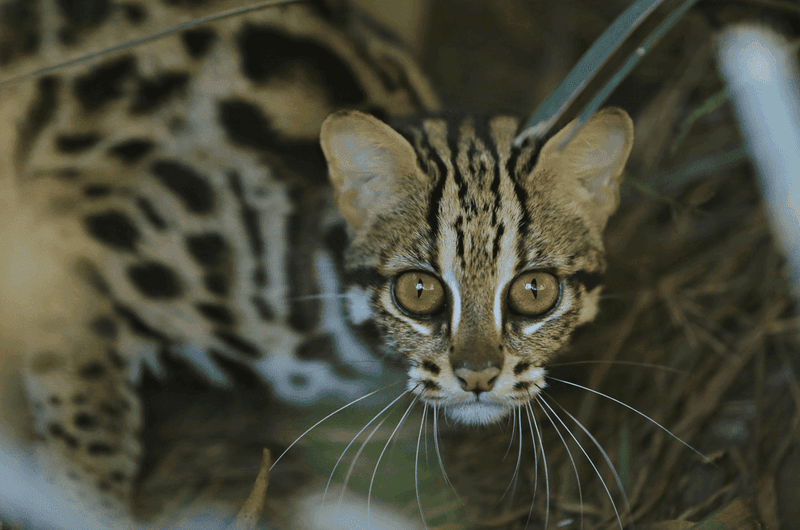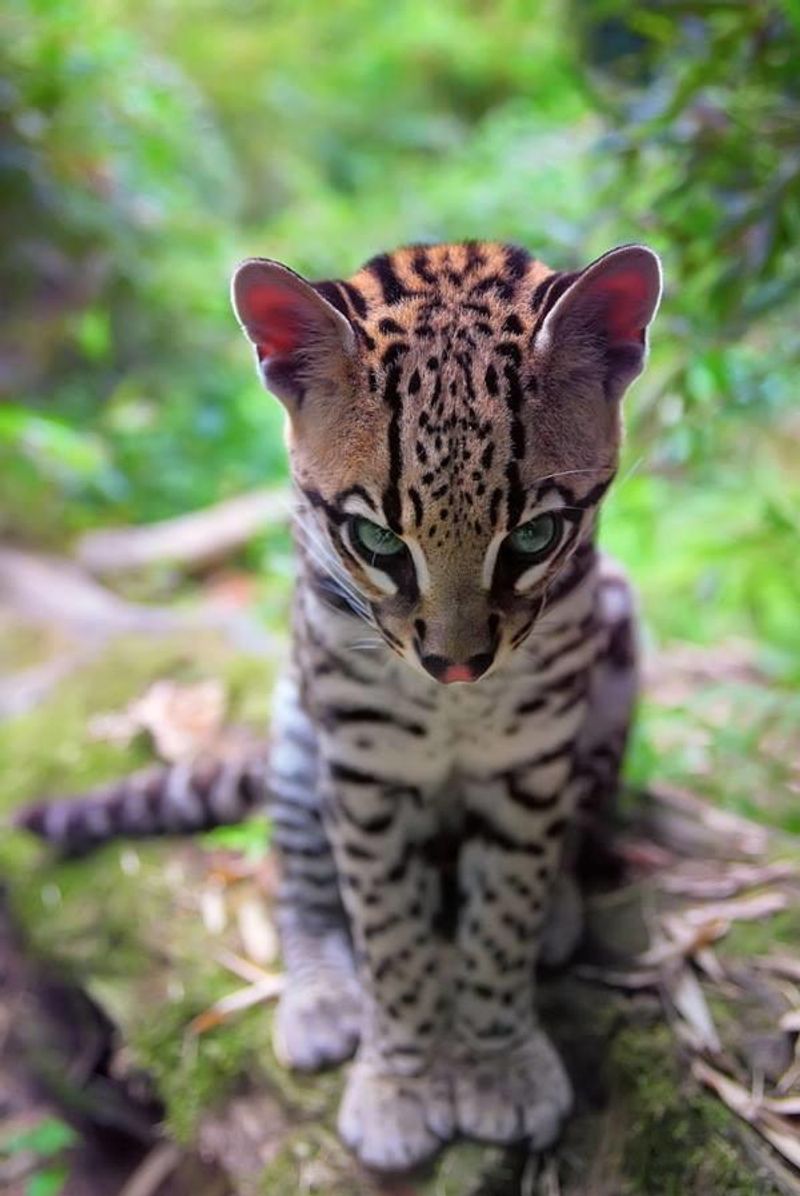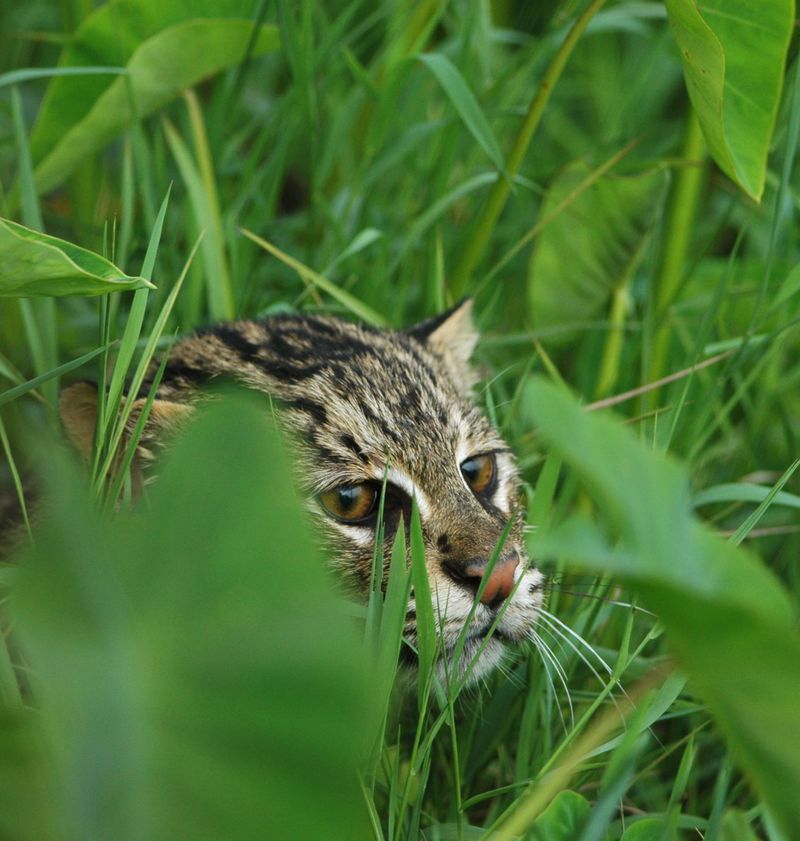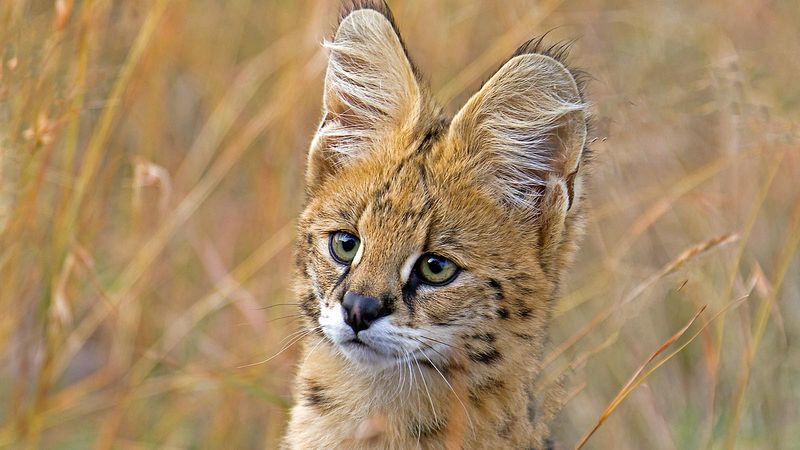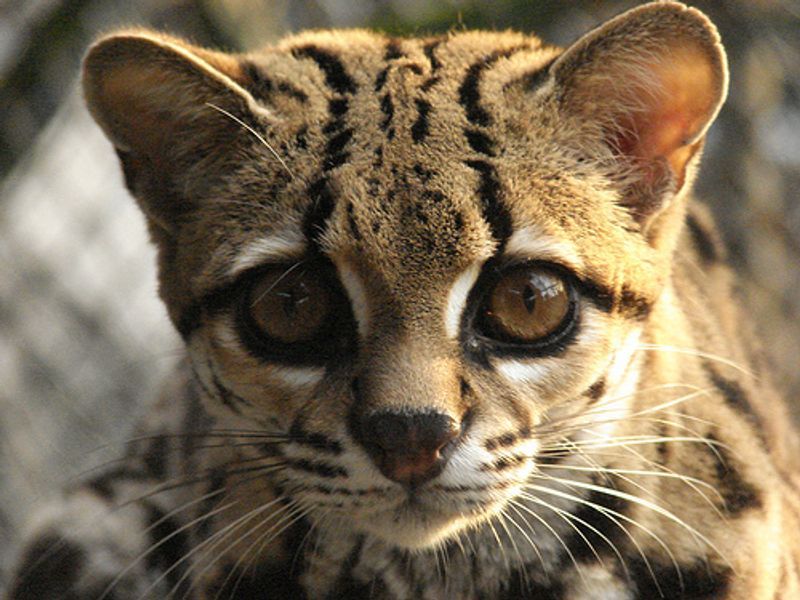📖 Table of Content:
The animal kingdom is full of incredible wonders, but the eyes of wild cats stand out as one of the most captivating sights. These powerful predators boast some of the most unique and mesmerizing eye colors found in nature. From deep blues to vibrant ambers and rare greens, the eyes of wild cats are not only stunning but perfectly suited to their hunting needs and natural habitats.
The eye colors of wild cats aren’t just for beauty—they are intricately tied to their survival strategies. These remarkable shades allow these predators to navigate through diverse environments, aiding them in their hunting and communication. Whether in the dense forests or open savannahs, the eyes of these cats play a critical role in their day-to-day lives.
Exploring the eye colors of wild cats reveals much more than their aesthetic appeal. Each wild cat species has evolved a distinct eye color that enhances its ability to thrive in its specific environment. From the glowing amber eyes of some big cats to the piercing blue of others, the variety of eye colors in the wild is a testament to nature’s ingenuity.
1. Snow Leopard
High in the mountains of Central Asia, snow leopards survey their rocky domain with stunning pale blue or green-gray eyes. These ghostly predators use their uniquely colored eyes to help them blend perfectly with the snowy, high-altitude landscapes they call home.
The color isn’t just for show—it helps them hunt effectively in bright, snowy conditions where light reflects intensely. Their pupils can expand to almost completely round shapes in low light, maximizing their vision during dawn and dusk hunts.
Unlike most big cats, snow leopards can’t roar! Their eye color is often paired with thick fur that protects them in temperatures as low as -40°F.
2. Pallas Cat
Round-faced and grumpy-looking, the Pallas cat sports extraordinary golden-yellow eyes that seem too large for its compact face. Native to the grasslands and mountains of Central Asia, these small wildcats use their vibrant eye color to help them see in the dim light of their rocky hideaways.
Their eyes feature distinctive round pupils rather than the vertical slits common in other small cats. This adaptation helps them hunt effectively in bright, open terrain where they stalk small mammals and birds.
The striking contrast between their golden eyes and gray fur creates an almost otherworldly appearance that has made them internet favorites despite being one of the least-studied wild cats.
3. Clouded Leopard
With its elusive nature, the clouded leopard’s gray-green eyes are a fitting feature for this mysterious predator. These medium-sized cats from Southeast Asia have some of the most unique eyes in the feline world, displaying shades from pale gray to mossy green.
Their distinctive eye color enhances their camouflage in the dappled light of dense forests. Scientists believe the specific shade helps filter light in ways that improve their vision when hunting among trees and foliage.
As nocturnal hunters, their eyes reflect light dramatically at night, appearing to glow eerily green. Combined with their cloud-patterned coat and extraordinarily long canine teeth (proportionally the longest of any cat), their unique eyes complete the image of one of nature’s most specialized forest predators.
4. Caracal
Caracals command attention with their striking copper-penny eyes that seem to glow against their tawny fur. These medium-sized desert cats from Africa and parts of Asia use their rich, coppery eye color to hunt effectively in the golden light of dawn and dusk.
The intense orange-copper hue contains special reflective cells that dramatically improve their night vision. When light hits their eyes in darkness, they appear to glow with an almost supernatural intensity that has earned them places in ancient Egyptian art and mythology.
Paired with their famous black ear tufts and sleek build, the caracal’s copper gaze helps them track small prey with precision. Their eyes can detect the slightest movement up to five times better than human vision.
5. Marbled Cat
Hidden in the forests of Southeast Asia lives the marbled cat, sporting beautiful amber eyes that shine like polished gemstones. This small, tree-dwelling feline uses its warm-toned eyes to navigate the complex canopy environment where it spends most of its life.
The amber color contains specialized light-reflecting cells that enhance its ability to judge distances accurately when leaping between branches. Unlike domestic cats, the marbled cat’s eye color rarely varies between individuals, with most displaying the same rich amber tone.
Combined with their marbled coat pattern (similar to clouded leopards but on a smaller scale), their glowing eyes help them remain virtually invisible as they hunt birds and small mammals among the trees. They’re so specialized for arboreal life that they can rotate their ankles 180 degrees to climb down trees headfirst!
6. Ocelot
Ocelots possess extraordinary eyes that shift between gold and green depending on the light, creating a mesmerizing effect. These medium-sized cats from the Americas use their variable eye color to adapt to different lighting conditions in their diverse habitats ranging from rainforests to scrublands.
Their pupils can dilate dramatically, allowing them to hunt effectively in near-total darkness. The gold-green color contains specialized reflective cells that amplify available light up to six times more efficiently than human eyes.
Salvador Dalí famously kept an ocelot named Babou as a pet, perhaps inspired by its surreal eye color. The ocelot’s eyes work with its rosette-patterned coat to create one of nature’s most beautiful and efficient nocturnal hunters.
7. Fishing Cat
With their striking olive-yellow eyes, fishing cats can easily spot prey below the water’s surface. These medium-sized felines from South and Southeast Asia have evolved this eye color to minimize the glare from wetland environments, giving them a clear advantage when hunting. Their exceptional vision allows them to navigate and hunt in aquatic settings with remarkable precision.
The olive-yellow pigmentation filters light in ways that improve underwater visibility, allowing them to spot fish and other aquatic prey with remarkable accuracy. Unlike most cats, fishing cats don’t mind water—they actually dive in to catch their meals!
Their unique eyes complement a double-layered waterproof coat and partially webbed feet. The fishing cat’s pupils are slightly more oval than the typical cat’s vertical slits, another adaptation that enhances their ability to judge distances accurately when striking at underwater targets.
8. Serval
Servals patrol African grasslands with extraordinarily intense amber eyes that seem to burn with inner light. These lanky, spotted cats use their brilliant eye color to hunt effectively in tall grasses where visibility can be challenging.
Their amber eyes contain specialized cells that enhance contrast, helping them spot the slightest movement of rodents and birds in dense vegetation. Combined with their enormous ears (proportionally the largest of any cat), their visual abilities make them incredibly successful hunters with a 50% success rate.
The serval’s striking eyes can appear almost backlit in certain lighting conditions, creating an ethereal effect. They can leap up to 10 feet vertically from a standing position to pounce on prey they’ve spotted with those remarkable amber spotlights.
9. Margay
Deep in Central and South American rainforests, margays peer down from the trees with extraordinary gold eyes that reflect light with unusual intensity. These small, arboreal cats have developed highly specialized eyes that maximize their vision in the dim, filtered light of dense forest canopies.
Their golden eyes contain a reflective layer called the tapetum lucidum that’s particularly efficient, allowing them to see clearly in light levels six times dimmer than what humans require. This adaptation helps them hunt at night while moving through trees with incredible agility.
Margays are so adapted to tree life that they can turn their ankles 180 degrees and hang from branches by one foot! Their golden eyes work with their spotted coats to create perfect camouflage among dappled forest light and shadow.
10. Jungle Cat
Stalking through Asia’s wetlands and grasslands, jungle cats’ vivid yellow-green eyes appear almost artificial in their brilliance. These medium-sized predators have adapted this eye color to hunt during the dawn and dusk hours, when the light is low and their prey is most active.
Their unusual yellow-green hue contains specialized pigments that enhance contrast in low-light conditions, helping them spot small prey against varied backgrounds. Unlike many wild cats, jungle cats are comfortable swimming and will readily enter water to pursue prey.
Ancient Egyptians domesticated jungle cats around 4,000 years ago and mummified them as sacred animals. Their eye color is so distinctive that it was often emphasized with jewels and gold in Egyptian art depicting these revered felines.


